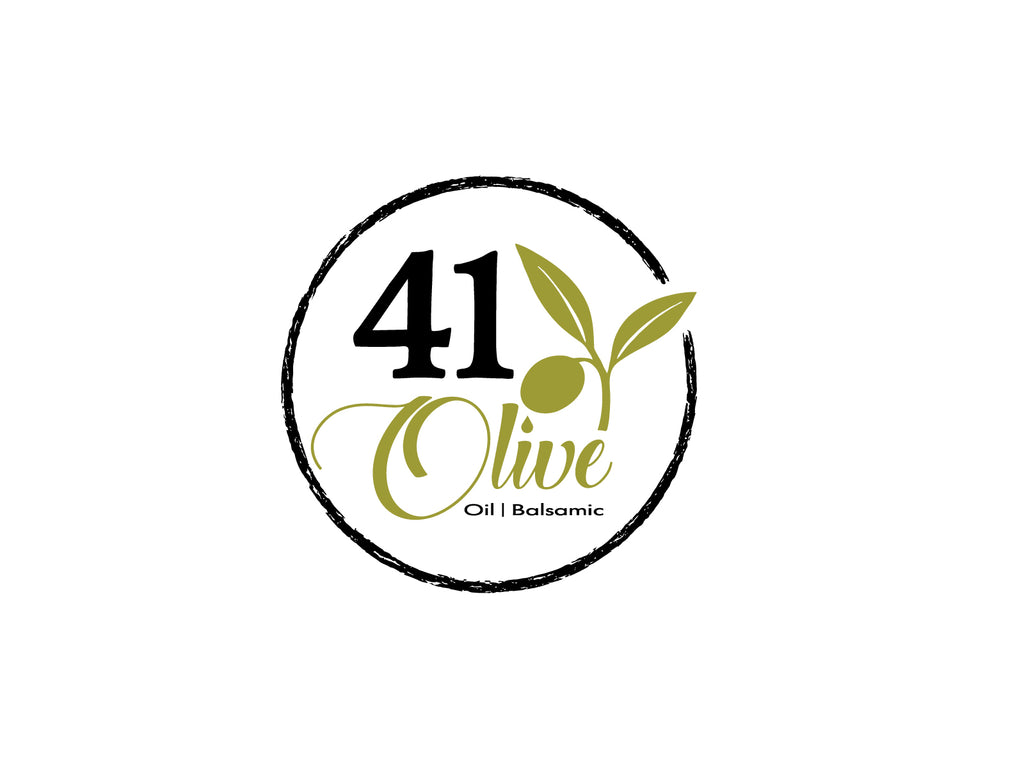Benefits & Uses Of Balsamic Vinegar
What is Balsamic Vinegar? Most likely known as the standard staple nestled at the back of your pantry reserved for the occasional tomato basil salad, balsamic vinegar is a exceptional piece of Italy's history.
The ancient Romans thought that cooked grape mash, or must (the main part of balsamic vinegar) was more than a dressing for foods: it was also a healing elixir. Even the name"balsamic" refers to the original medicinal purpose of this alleged restorative"balm," indicating its place in ancient society as a tonic.
Much like champagne, the very authentic balsamic vinegar stems solely from the Reggio Emilia and Modena areas of Italy. The two areas have been perfecting the art of this dressing and condiment because the year 1100, when Balsamic Vinegar was a popular gift for visiting royalty and nobility.
This storied history attached to balsamic vinegar makes it an exciting addition to Italian-inspired recipes and dishes, as does its versatility. From balsamic discounts, to glazes, even as a sweet and sour drizzle on vanilla ice cream, there's no limit to the culinary uses of balsamic vinegar.
Dressed up or dressed down, this condiment has serious kitchen staying power. Despite its ubiquity in the majority of chef's pantries, many folks don't know the key benefits and advantages of adding this condiment/dressing hybrid in your meal routine.
Is Balsamic Vinegar Good for You?
The Ancient Romans may have been on to something. Many cultures cite natural vinegars and vinegar products as a source for various therapeutic properties. While you wont find doctors writing prescriptions for balsamic vinegar anytime soon, some studies show that consuming certain vinegars within their preferred amounts could have some benefits. Two
The Benefits of Balsamic Vinegar
There's not a lot of research supporting the health effects of balsamic vinegar, but the handful of studies available show that when broken down, the bioactive elements found in balsamic vinegar can be linked to a myriad of benefits.
Depending on processing, some natural vinegar products may contain some combination of acetic acid, gallic acid, catechin, epicatechin, chlorogenic acid, caffeic acid, p-coumaric acid, and ferulic acid, which have been connected to having possible antimicrobial, antitumor, antiobesity, antihypertensive, and esophageal effects.
A research found that some fruit vinegars, again, depending on processing, could contain antioxidants.
Antioxidants could help your body prevent the negative effects of oxidative stress, and research has shown their effects against cancer and aging. In addition, antioxidants may offer preventative protection against cardiovascular diseases, diabetes, obesity and other diseases.
As far as how much antioxidant content is in your vinegar after it has been processed, it is hard to say.
Some fruit vinegars may contain polyphenols, another kind of antioxidant which are thought to lower the risk of certain conditions. Some studies show that polyphenols may encourage immune system as well. 7
Balsamic Vinegar: Calories and Carbs?
Quality over quantity. When it comes to balsamic vinegar, carbs and calories often vary depending on processing methods, and based on the richness of the final product.
Quality of components and authenticity of production are paramount when it comes to deciding on a Balsamic Vinegar, especially with a serving size tip of just one tablespoon. Generally speaking, most balsamic vinegars range between 10-30 calories and about 7-8g of carbohydrates per serving.
People tend to use less of a high-quality balsamic vinegar compared to lower quality variety to achieve a similar flavor intensity.
The Way to Choose the Most Effective Balsamic Vinegar
There's no shortage of balsamic vinegar options in your local supermarket, and with a plethora of culinary uses, choosing the best balsamic vinegar is no easy task. When searching for your pick, here's what to keep an eye out for:
PGI Certification. PGI (or,"Protected Geographic Origin") Certification is set by the European Union to validate a product's adherence to local heritage. To earn a PGI ( orin Italian, IGP) certification, at least a couple of measures of the preparation process must happen in the region, and the ingredients used must be closely connected to the area. A PGI Certification maintains the integrity and authenticity of the goods.
Ingredient Quality. When it comes to Italian-inspired cooking, authenticity and quality of components are key. Organic or Non-GMO Project Verified ingredients will allow the natural flavor of the item glow.
Area of Origin. Similar to the PGI Certification, authentic Balsamic Vinegar is going to be from or somehow connected to Modena or even Emilio Reggia, Italy. 9
Taste. Based on the variation of vinegar you select, tastes will vary. Traditional balsamic vinegar will have a certain smoky quality, owing to the lengthy aging process, whereas Balsamic Vinegar of Modena is much more tangy and sweet.
How Is Balsamic Vinegar Made?
Traditional balsamic vinegar is made from the Emilio Reggia or Modena areas of Italy, and begins by ingesting grape mash (must). It is then brought through a series of fermentations and aged in a wooden barrel.
Aged Balsamic Vinegar
The aging process differs depending on the kind of balsamic. For traditional balsamic vinegars, at least 12 years aging is necessary, with many being aged for over 25 years. Talk about patience! Balsamic vinegar of Modena, one of the most versatile variants, is only aged for two months. As you might expect, the aging process affects the taste and texture.
Balsamic Vinegar of Modena: Why It Matters
A kind of balsamic vinegar you might already be using or have seen stocked in market shelves, is Balsamic Vinegar of Modena. Balsamic Vinegar of Modena refers to not only the origin of its creation, but also the origin of the ingredients used to make it. More widely available, Balsamic Vinegar of Modena has a large range of culinary uses. Balsamic Vinegar of Modena is slow-cooked, for a distinct flavor profile of sweet and sour, with a milder, syrup-like consistency.
